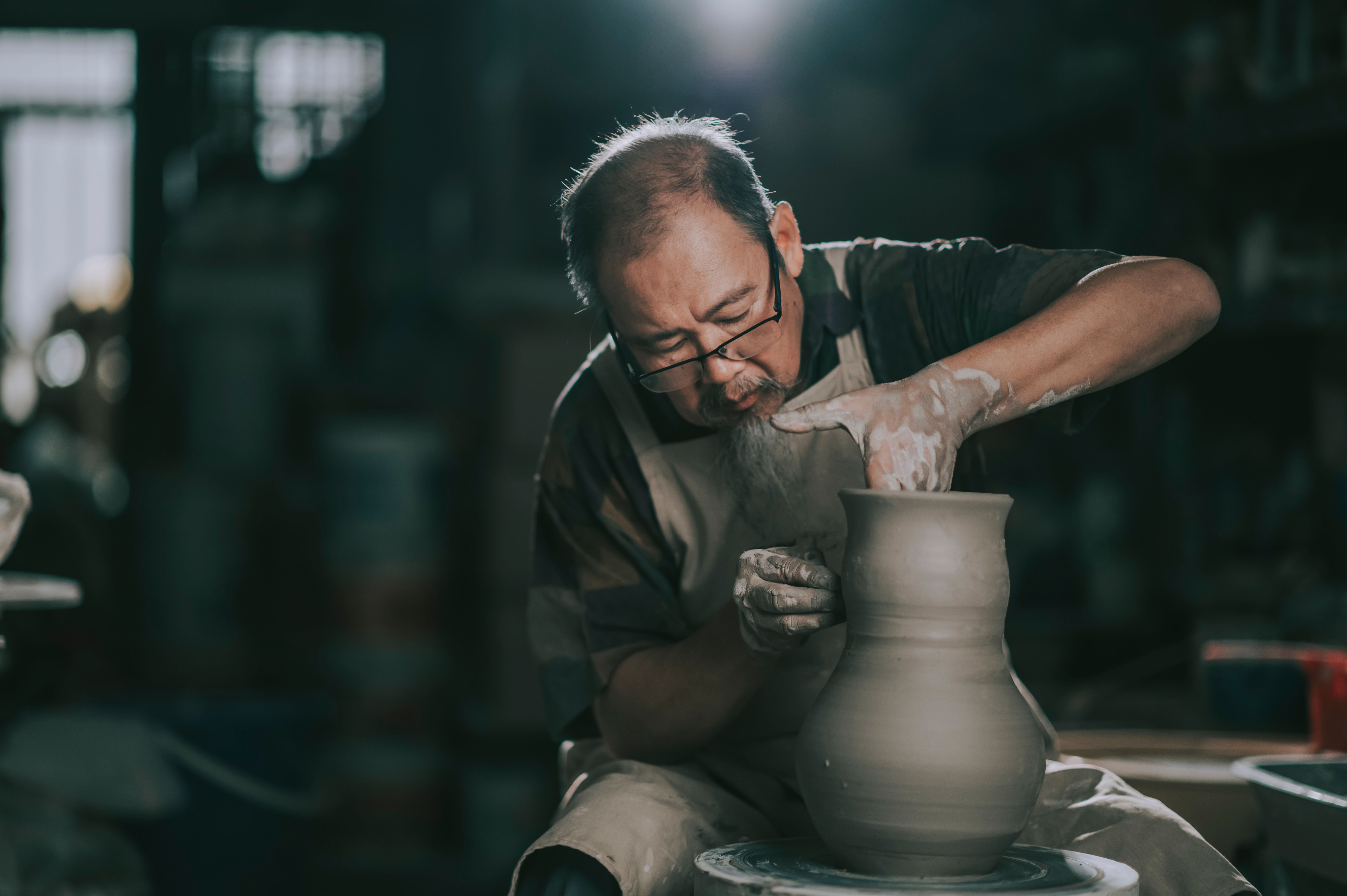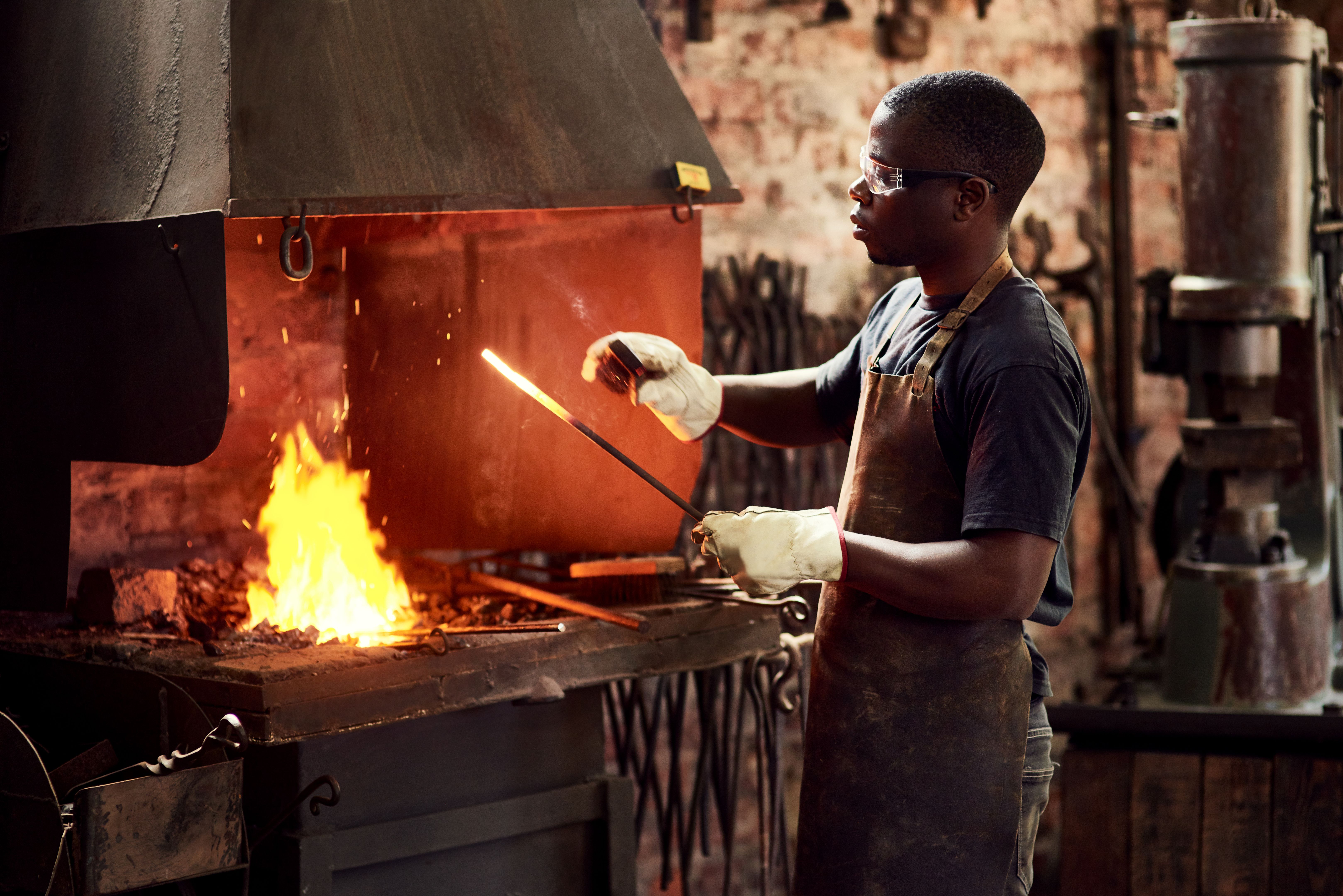The Legacy of Traditional Craftsmanship: Trust Built Over 60 Years
RR
The Art of Traditional Craftsmanship
Traditional craftsmanship is more than just a skill; it is a legacy passed down through generations, embodying the dedication and passion of artisans who have honed their craft over decades. In a world dominated by mass production and automation, the value of handcrafted items has grown significantly, as they represent authenticity, quality, and a personal touch that machines simply cannot replicate.
From delicate lacework to intricate woodworking, the skills involved in traditional craftsmanship require years of practice and an unwavering commitment to excellence. Each piece tells a story, not only of the material itself but also of the hands that shaped it. This deep connection between artisan and product creates a trust that has been built over 60 years in many communities around the world.

The Evolution of Craftsmanship Through Generations
As families and communities pass down their knowledge and expertise, each generation adds its own flair and creativity to traditional techniques. This evolution keeps the craft alive while preserving its rich history. The fusion of old and new methods ensures that craftsmanship continues to thrive in modern times, appealing to both new audiences and loyal patrons who appreciate the artistry involved.
Moreover, many craftsmen today are embracing sustainable practices, using locally sourced materials and environmentally friendly processes. This not only reduces the environmental impact but also aligns with the growing consumer demand for responsible production. By doing so, artisans are able to maintain the integrity of their craft while adapting to contemporary values.

Building Trust Through Quality and Authenticity
One of the key factors that have allowed traditional craftsmanship to endure over the years is the unwavering trust built between artisans and their customers. Quality and authenticity are paramount in this relationship, as each handcrafted item is a testament to the skill and dedication of its creator. Consumers seeking genuine products know they can rely on craftsmen who have dedicated their lives to perfecting their trade.
Trust is further reinforced by the transparency that often accompanies traditional craftsmanship. Artisans are typically open about their processes, allowing customers to gain insight into the time and effort involved in creating each piece. This openness fosters a deeper appreciation for the craft and strengthens the bond between creator and consumer.

The Future of Traditional Craftsmanship
As we look to the future, the legacy of traditional craftsmanship seems brighter than ever. With increasing interest in sustainable and ethical products, there is a renewed appreciation for handmade goods. Artisans are finding innovative ways to reach new audiences, utilizing online platforms to showcase their work and connect with consumers worldwide.
Educational initiatives and workshops are also helping to inspire a new generation of craftsmen, ensuring the continuation of these time-honored skills. By sharing their knowledge and passion, experienced artisans are nurturing future talent who will carry on the legacy of traditional craftsmanship.
In conclusion, the enduring appeal of traditional craftsmanship lies in its ability to adapt while maintaining its core values of quality, authenticity, and trust. As we celebrate 60 years of this remarkable legacy, we can look forward to many more decades of exceptional artistry that continues to captivate and inspire.